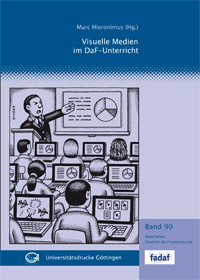Visual media are omnipresent. The improvement of printing and imaging techniques in the 20th and the long unfinished digital revolution since the turn of the 21st century have resulted in a visualisation of the environment that is unique in Human history. The humanities respond with a delay, that appropriate reflection and institutionalisation may necessitate. Meanwhile, the development of visual media and the „business” of image-based language teaching continue. The contributions to this book are intended to help bridge the gap between image development and deliberate image using. Part one provides approaches to visual didactics, evaluation criteria for compound media (p.e. coursebook plus CD-ROM), and basic knowledge of image science and the "stepchild" comics. Part two treats motionless images like street art, advertising, portrait, historical photograph and comics in GFL courses. The third part about the wide range of moving images addresses documentaries and short films, commercials, picturisation of poems and video use in speech training. The concluding fourth part deals with social networks, German learnig apps and "queer" media in GFL lessons.
Informationen Deutsch als Fremdsprache (Info DaF), Jg. 43, Heft 2/3 (2016), S. 239-242
Publikationstyp: Sammelband
Sparte: Universitätsdrucke
Sprache: Deutsch





